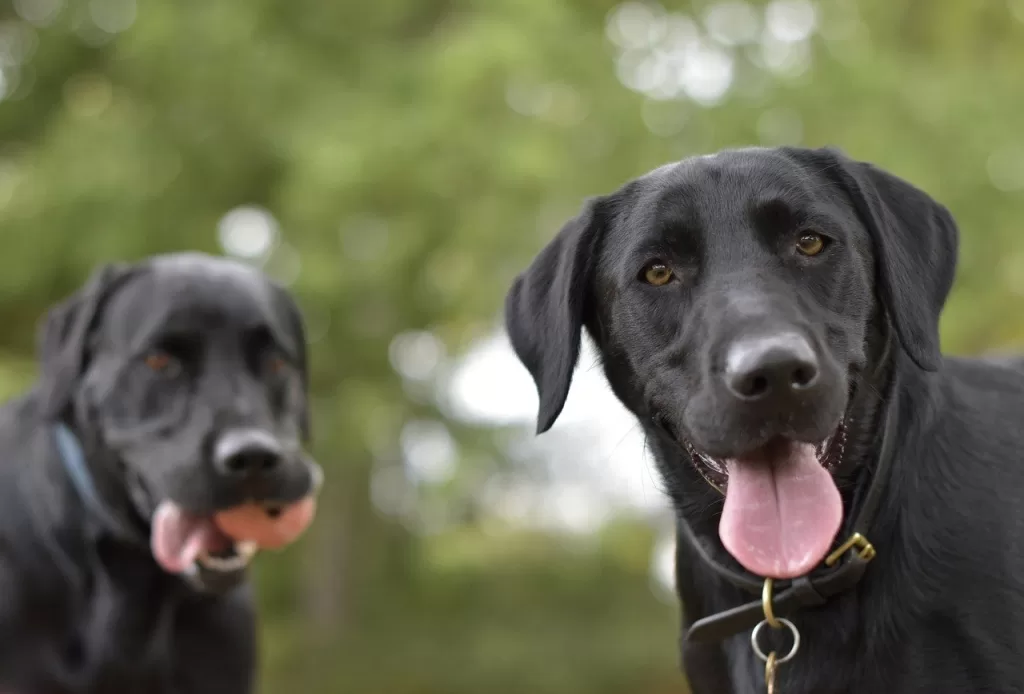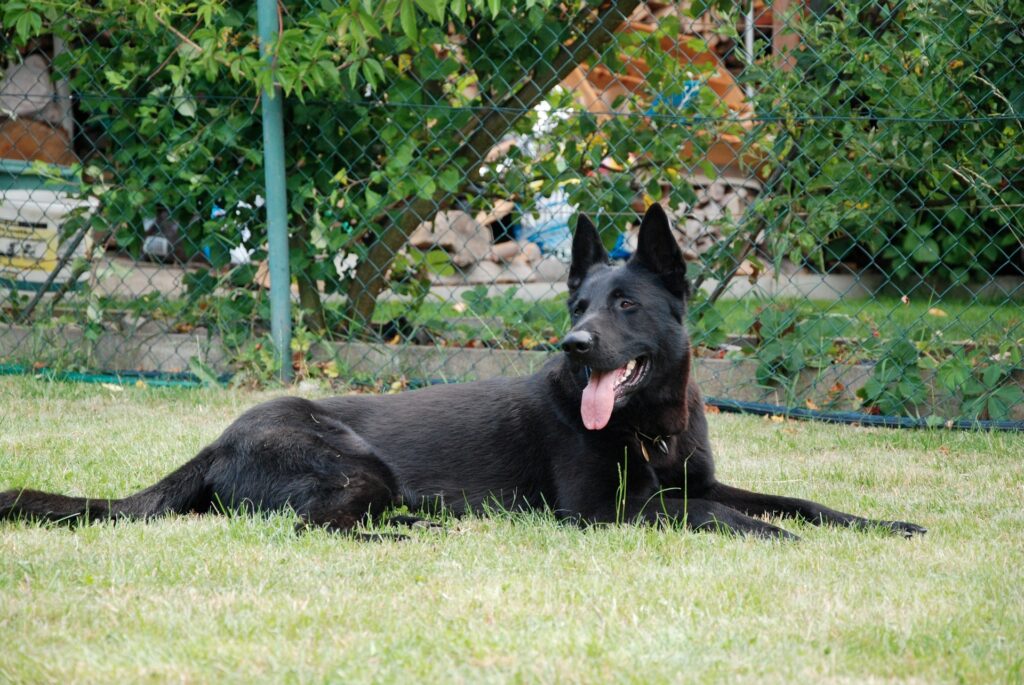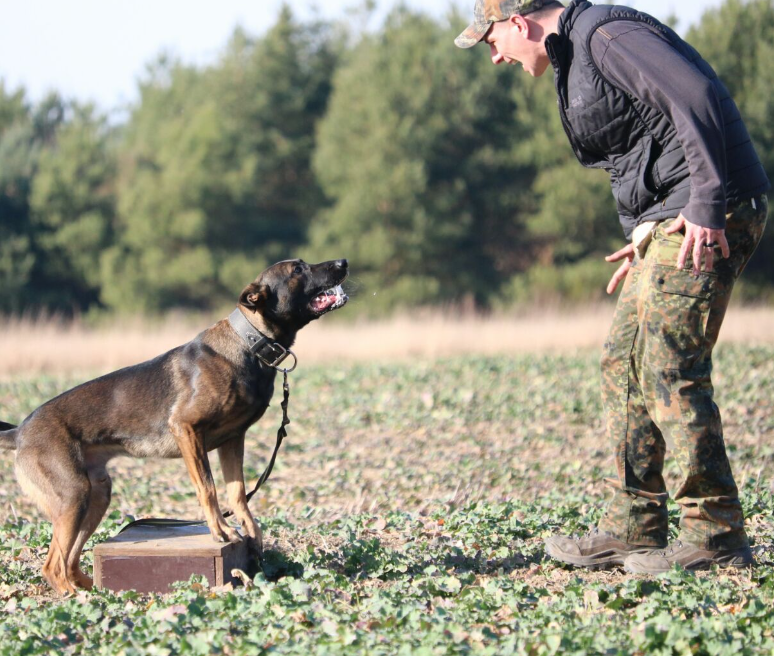
Training Your Dog for Search and Rescue Missions Search and rescue (SAR) dogs are true heroes, often risking their lives to locate missing persons, and disaster survivors, and provide assistance during emergencies. These highly trained canines and their handlers play a crucial role in saving lives and offering hope during some of the most challenging situations. In this blog, we’ll delve into the world of training dogs for search and rescue missions, exploring the incredible dedication and skills these teams possess.
The Role of Search and Rescue Dogs
Search and rescue dogs are trained to perform specific tasks that aid in locating missing individuals in various environments,
including wilderness, urban areas, and disaster zones. Their roles encompass:
- Tracking: SAR dogs can follow a person’s scent trail, whether it’s on the ground or in the air. They are often use to find missing hikers, children, or individuals lost in the woods.
- Trailing: These dogs follow a specific person’s scent, which could be days or even weeks old. Trailing dogs are often used in criminal investigations or to locate people who have been missing for an extended period.
- Area Search: SAR dogs are trained to cover a defined area to locate individuals who may be lost or injured. They search for scent in the air and on the ground.
- Cadaver Search: Some SAR dogs are traine to locate human remains, helping with recovery efforts in disaster areas or criminal cases.
- Disaster Response: In the wake of natural disasters such as earthquakes,
hurricanes, and avalanches, SAR dogs assist in locating survivors buried under rubble or debris.
The Training Process
Training a dog for search and rescue missions is a rigorous and specialized process. It involves several key components:
1. Foundation Skills: SAR dogs must have a solid foundation of obedience, including commands like “sit,” “stay,” and “come.” This is the basis for all other training.
2. Scent Training: SAR dogs are traine to recognize and follow human scent. This involves scent discrimination and learning to ignore distractions.
3. Environmental Exposure: Dogs are expose to various environments and conditions to prepare them for real-life scenarios. They must be comfortable with various terrains, weather conditions, and noise levels.
4. Handler Communication: SAR dogs must understand and respond to their handler’s commands and cues. Handlers and dogs develop a strong bond built on trust and effective communication.
5. Search Techniques: Dogs learn to search in specific patterns, whether it’s a grid search, expanding square, or other methods, depending on the type of search.
6. Certification: SAR dogs often undergo certification to ensure they meet the standards required for their specific role.
The Special Bond Between Handlers and Dogs
The relationship between a SAR dog and its handler is remarkable. Handlers and their dogs spend countless hours together, training and responding to real-world situations. The bond between them is built on trust, respect, and a share mission to save lives.
The Challenges of Search and Rescue Work
Search and rescue missions are not without challenges. SAR teams often work in hazardous conditions, including extreme weather, unstable structures, or remote wilderness areas. The emotional toll of locating missing people, especially in tragic circumstances, can also be heavy.
Conclusion
Training a dog for search and rescue missions is a noble endeavor that requires dedication, teamwork, and a deep commitment to helping others. SAR dogs and their handlers embody the spirit of selflessness and service, often putting themselves in harm’s way to provide hope and assistance during the most challenging times. These incredible dogs are true heroes, and their work showcases the remarkable bond between humans and their four-legged companions.


